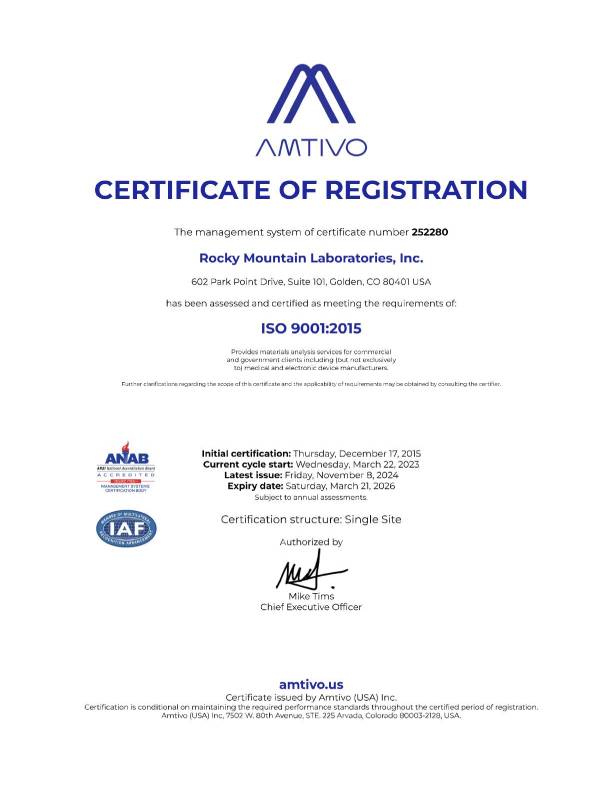FTIR (Fourier Transform Infrared) spectroscopy and UV-Vis (Ultraviolet-Visible) spectroscopy are two analytical techniques that use different regions of the electromagnetic spectrum to provide information about the composition of materials. Here are the key differences between FTIR and UV-Vis spectroscopy:
- Wavelength Range:
- FTIR: Operates in the infrared region of the electromagnetic spectrum, typically in the range of 2.5 to 25 micrometers (or 4000 to 400 cm⁻¹ in wavenumber).
- UV-Vis: Operates in the ultraviolet and visible regions, covering wavelengths from about 10 nanometers to 800 nanometers.
- Type of Radiation:
- FTIR: Measures the absorption of infrared radiation, providing information about molecular vibrations and rotational transitions.
- UV-Vis: Measures the absorption of ultraviolet and visible radiation, giving insights into electronic transitions, especially involving π electrons.
- Nature of Information Obtained:
- FTIR: Provides information about functional groups and molecular structure based on vibrational modes of chemical bonds.
- UV-Vis: Provides information about the electronic structure of compounds, such as the presence of conjugated double bonds or chromophores.
- Sample Types:
- FTIR: Suitable for a wide range of samples, including gases, liquids, and solids. Sample preparation often involves creating thin films or solutions.
- UV-Vis: Commonly used for liquid samples and solutions, especially those containing chromophores. Solid samples may be analyzed using techniques like diffuse reflectance.
- Applications:
- FTIR: Widely applied in various fields, including chemistry, biology, pharmaceuticals, and materials science, for identifying and characterizing organic and inorganic compounds.
- UV-Vis: Used for quantitative analysis, studying reaction kinetics, determining concentrations of analytes, and characterizing the electronic transitions of compounds.
- Instrumentation:
- FTIR: Utilizes an interferometer to measure the interference pattern of infrared light, which is Fourier-transformed to obtain the spectrum.
- UV-Vis: Employs a monochromator or a grating to isolate specific wavelengths of ultraviolet and visible light for analysis.
- Quantitative Analysis:
- FTIR: Commonly used for both qualitative and quantitative analysis, especially in determining concentrations of specific functional groups.
- UV-Vis: Widely employed for quantitative analysis, particularly in determining concentrations of absorbing species in solution.
In summary, FTIR and UV-Vis spectroscopy provide complementary information about a sample’s molecular structure. FTIR focuses on vibrational transitions in the infrared region, while UV-Vis spectroscopy probes electronic transitions in the ultraviolet and visible regions. The choice between these techniques depends on the nature of the sample and the specific information required for analysis.



